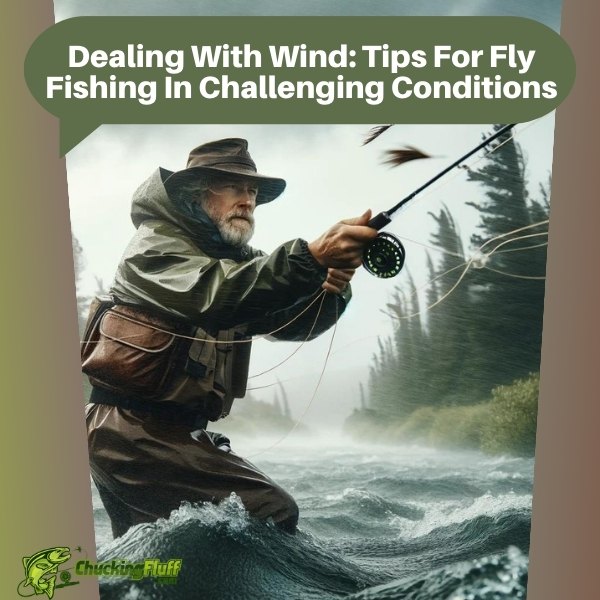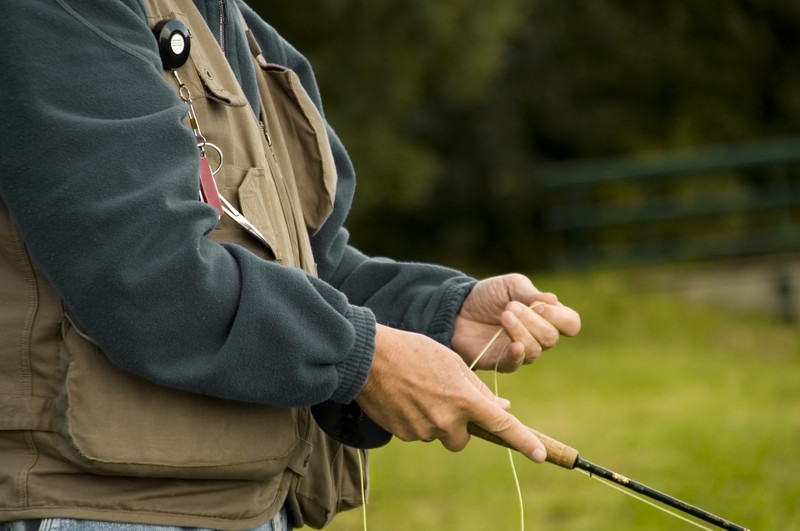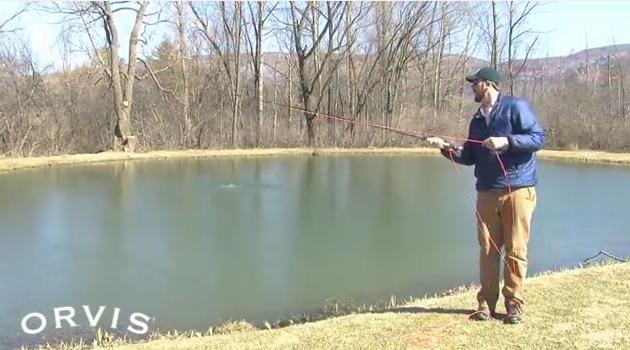| Disclosure: Just to be open and honest the buttons and links you click on in the website will in most cases take you to another website where you can purchase the products I am reviewing. As an Amazon Associate I earn from qualifying purchases. |
Dealing With Wind: Tips For Fly Fishing In Challenging Conditions

Fly fishing is a serene and rewarding activity that requires skill, patience, and an understanding of various environmental factors. While sunny days with calm waters may be ideal for casting a line, the reality is that anglers often find themselves facing less-than-ideal conditions, such as windy weather. However, with the right knowledge and techniques, it’s possible to navigate these challenges and still enjoy a successful day on the water.
Quick Post Navigation
- Understanding Wind in Fly Fishing
- Choosing the Right Equipment
- Adjusting Casting Techniques
- Reading the Water
- Adapting Fly Selection
- Staying Safe
- Patience and Persistence
- Seeking Local Knowledge
- Practice Makes Perfect
- Maintaining a Positive Attitude
- Tips for Fly Fishing in Specific Wind Conditions
- Utilizing Technology
- Environmental Considerations
- Conclusion
- FAQs:
- “Check out some of our other Buying Guides”
Understanding Wind in Fly Fishing
Wind can significantly impact the experience of fly fishing, particularly when it comes to casting accuracy. Even a gentle breeze can cause problems for anglers, while stronger winds can make casting nearly impossible. Understanding the effects of wind is crucial for adapting your approach and increasing your chances of success.
Choosing the Right Equipment
Selecting the appropriate equipment can make a significant difference when fishing in windy conditions. Opt for a heavier fly rod and line combination that can cut through the wind more effectively. Additionally, using weighted flies can help maintain control and stability during casting.
Adjusting Casting Techniques
When faced with windy conditions, it’s essential to adjust your casting technique accordingly. Experiment with sidearm casting, which can help you keep your line low to the water and minimize the impact of the wind. Focus on timing and power application to ensure that your casts remain accurate and controlled.
Reading the Water
Understanding how wind affects the water’s surface can help you identify sheltered areas and wind breaks where fish are likely to congregate. Look for natural features such as trees, rocks, or riverbanks that can provide protection from the wind and make casting easier.
Adapting Fly Selection
Certain fly patterns perform better in windy conditions than others. Choose flies that are heavier and more aerodynamic, such as streamers or nymphs, which can cut through the wind more effectively. Experiment with different patterns and sizes to determine what works best in the current conditions.
Staying Safe
Fly fishing in windy conditions can pose certain risks, such as the possibility of being struck by a stray fly or losing control of your equipment. Always be aware of your surroundings and take proper safety precautions, such as wearing sunglasses to protect your eyes and keeping a safe distance from other anglers.
Patience and Persistence
Dealing with wind requires a considerable amount of patience and persistence. Don’t be discouraged by missed casts or tangled lines—instead, use these challenges as opportunities to improve your skills and adapt your approach. With determination and perseverance, you can still have a successful day on the water.
Seeking Local Knowledge
Local guides and experienced anglers can offer valuable insights and advice for fishing in windy conditions. Take advantage of their expertise by seeking out their recommendations and learning from their experiences. Their knowledge of local waters and weather patterns can be invaluable in helping you navigate challenging conditions.
Practice Makes Perfect
Improving your casting accuracy and technique takes time and practice, particularly in windy conditions. Set aside time to practice casting in different wind speeds and directions, focusing on maintaining control and stability. The more you practice, the more confident you’ll become in your abilities to handle windy conditions.
Maintaining a Positive Attitude
A positive attitude can make all the difference when facing challenging conditions. Instead of viewing wind as an obstacle, embrace it as part of the adventure and an opportunity to test your skills. Stay optimistic and enjoy the experience, regardless of the weather.
Tips for Fly Fishing in Specific Wind Conditions
In strong gusty winds, consider using heavier flies and shorter casts to maintain control. Pay attention to wind direction and adjust your positioning accordingly to minimize the impact of crosswinds. In steady, consistent winds, focus on making smooth, controlled casts and keeping your line low to the water.
Utilizing Technology
Take advantage of weather apps and forecasts to plan your fishing trips around favorable conditions. Invest in wind-blocking gear and clothing, such as jackets with adjustable hoods and neck gaiters, to help protect yourself from the elements. Technology can be a valuable tool for maximizing your comfort and safety while fishing in windy conditions.
Environmental Considerations
As stewards of the environment, it’s essential to practice responsible fishing habits and minimize our impact on fragile ecosystems. Avoid disturbing nesting birds or trampling delicate vegetation, and always adhere to catch-and-release practices to ensure the long-term sustainability of fish populations.
Conclusion
Fly fishing in challenging conditions can be both frustrating and rewarding. By understanding the effects of wind, adapting your equipment and techniques, and maintaining a positive attitude, you can increase your chances of success and enjoy a fulfilling day on the water. Remember to stay patient, stay safe, and embrace the adventure—after all, it’s all part of the thrill of fly fishing.
FAQs:
1. How does wind affect fly fishing?
Wind can make casting more challenging by disrupting the trajectory of the line and causing it to drift off course. It can also affect fish behavior and the movement of insects on the water’s surface.
2. What are some safety precautions to take when fly fishing in windy conditions?
Wear sunglasses to protect your eyes from stray flies, and be mindful of your surroundings to avoid getting tangled in your line. Additionally, always check the weather forecast before heading out and be prepared for changing conditions.
3. How can I improve my casting accuracy in windy conditions?
Practice casting in different wind speeds and directions to develop a feel for how the wind affects your line. Experiment with different casting techniques, such as sidearm casting, and focus on timing and power application to maintain control.
4. Are there specific fly patterns that work better in windy conditions?
Heavier flies, such as streamers or nymphs, tend to perform better in windy conditions because they can cut through the wind more effectively. Experiment with different patterns and sizes to determine what works best for you.
5. Is it safe to fish in strong winds?
Fishing in strong winds can pose certain risks, such as the possibility of being struck by a stray fly or losing control of your equipment. It’s essential to take proper safety precautions and be mindful of your surroundings to minimize the risk of accidents.


